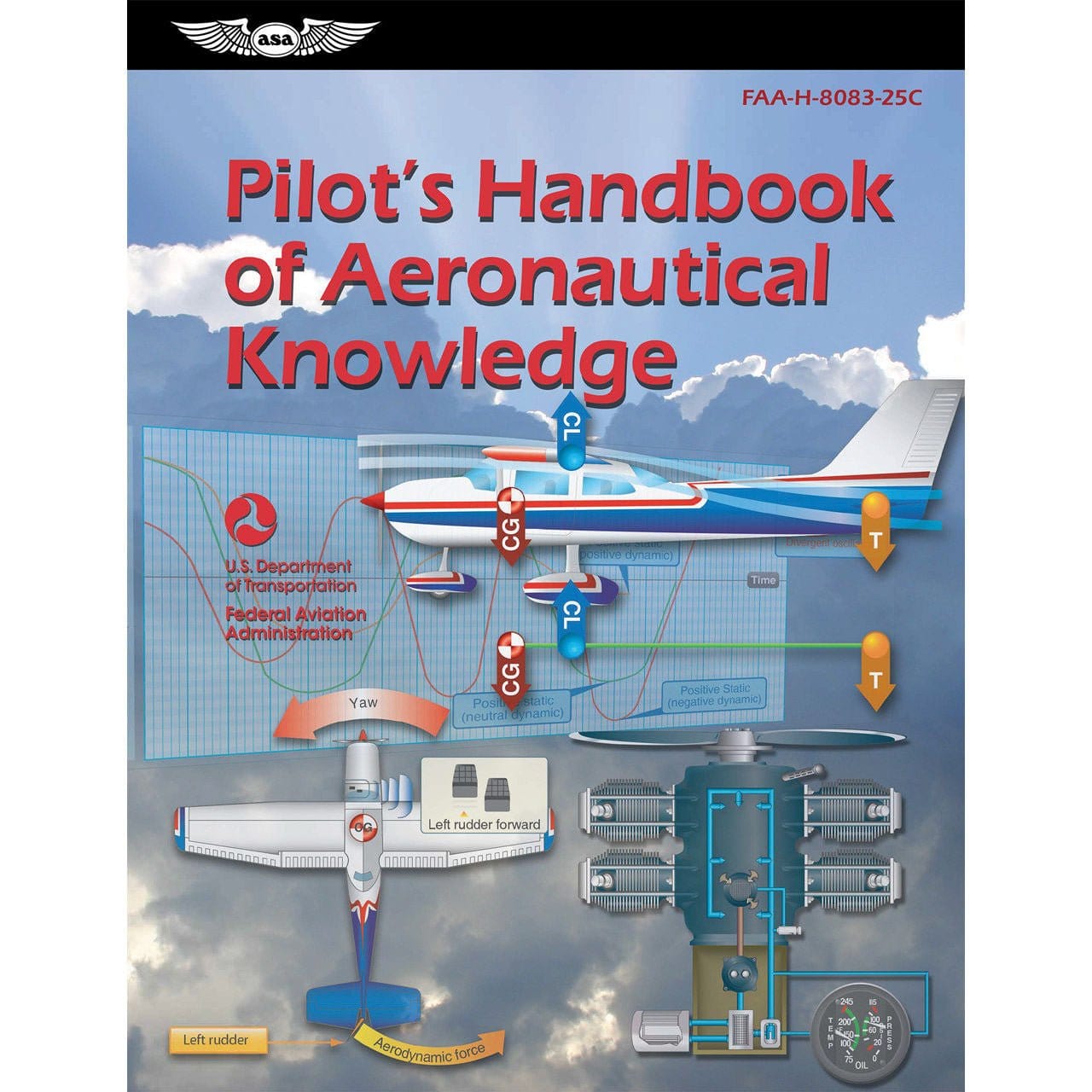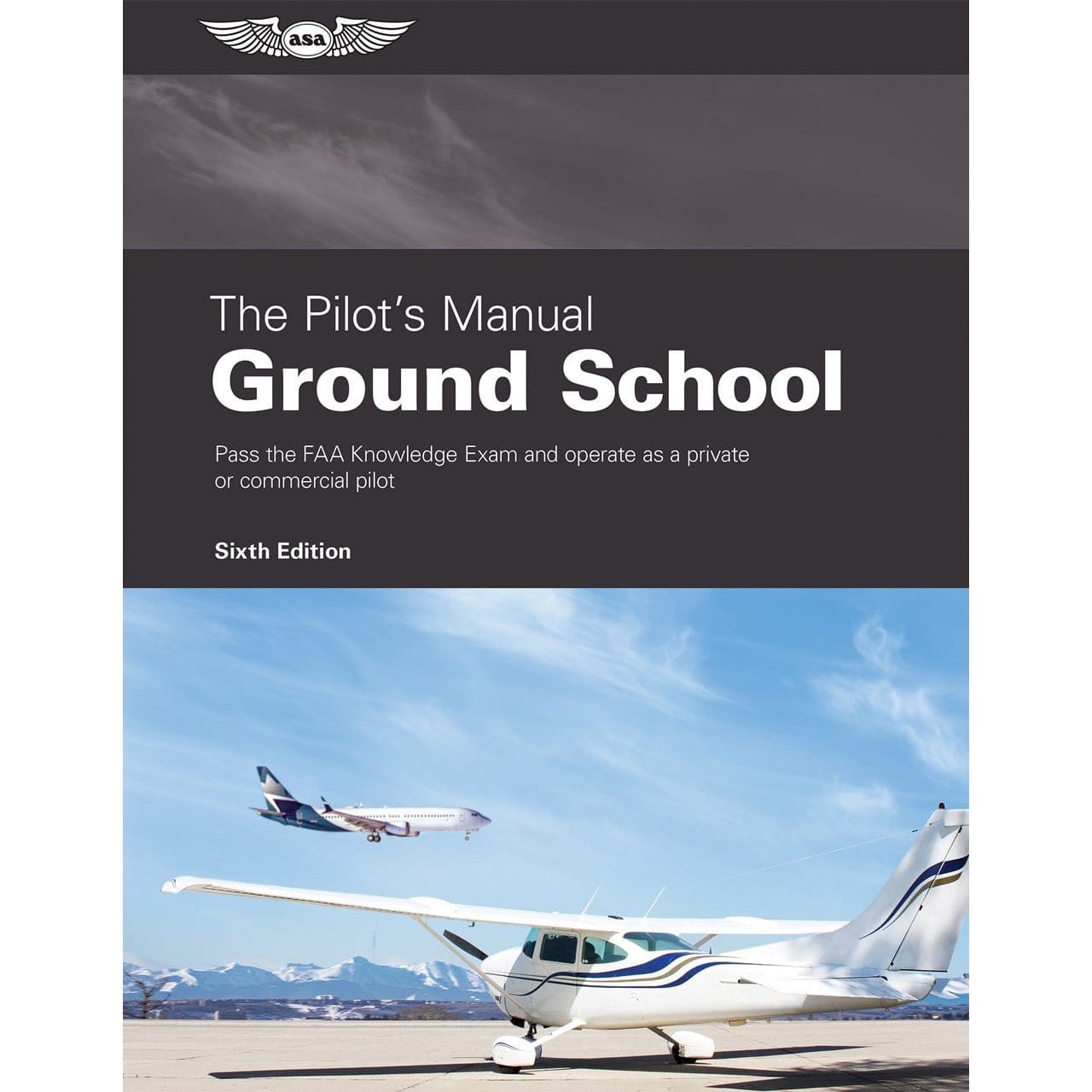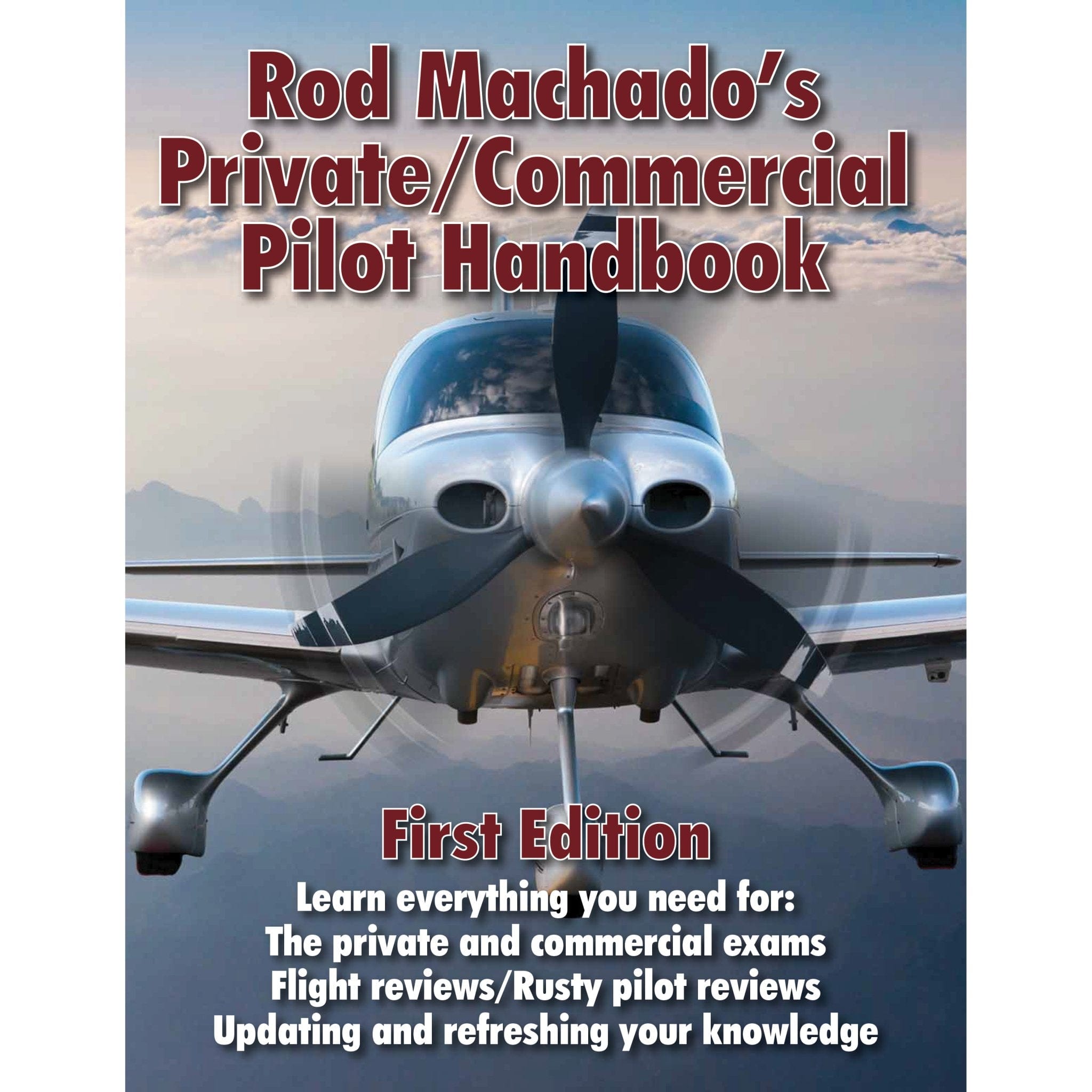Updated 2023: Transponders have been a hot topic over the last few years, especially with the 2020 implementation of the FAA’s ADS-B airspace rule. Many of us reviewed our transponder configuration in 2019 and upgraded our systems as needed.
But if you’re buying a used aircraft or re-outfitting one that hasn’t been flown in a while, you might be wondering, “What kind of transponder do I need for my plane?” Perhaps you’re asking, “Do I need an ADS-B transponder?” or “Which transponders are ADS-B out capable?”
If that’s you, stick around because we will cover all types of aircraft transponders and the differences between them, plus clarify the FAA requirements and which type of configuration you need to be compliant with.
Let’s get started by reviewing a few transponder basics and then jumping into the details.
Table of Contents
- What is a Transponder?
- Types of Aircraft Transponders
- Is an ADS-B Device the Same as a Transponder?
- What is the Difference between Mode S and ADS-B?
- Do ADS-B Devices Replace Transponders?
- International ADS-B Requirements
- What Type of Aircraft Transponder do I Need?
- Transponders Needed for Class A Airspace
- Transponders Needed for Class B Airspace
- Transponders Needed for Class C Airspace
- Transponders Needed for Class D Airspace
- Transponders Needed for Class E Airspace
- Transponders Needed for Class G Airspace
- Best ADS-B Transponders
- Emergency Codes
- Surveillance Phraseology
- More Information on Transponders
What is a Transponder?
An aircraft transponder is an electronic device that uses radio signals to transmit details about an aircraft’s position in response to receiving an “interrogation signal” from a ground-based radar system.
Types of Aircraft Transponders

There are three main types of transponders for aircraft: Mode A, Mode C, and Mode S. Each sends out different information and levels of detail about your plane and its status.
Mode A Transponder
Mode A transponders are the most basic. They transmit only a four-digit identifying transponder code, often called a “squawk” code.
Mode C Transponder
Mode C transponders are the next step up from Mode A. Mode C transponders transmit both the transponder code and pressure altitude information when activated. When a pilot checks in with ATC, the controller will verify that the altitude the aircraft’s Mode C transponder is transmitting is within 300 feet of the pilot’s verbally stated altitude.
The FAA requires aircraft to have Mode C or better transponders when operating within certain types of airspace (more on that later).
Mode S Transponder
The most advanced category of a transponder is the Mode S. Like a Mode A transponder, the Mode S transmits a four-digit squawk code. Like Mode C, it also shares the aircraft’s altitude.
The difference between Mode C and Mode S transponders is that a Mode S also sends registration information and speed to ATC and to other in-range aircraft equipped with Mode S transponders.
Mode S transponders are nearly always used on commercial aircraft since they support Airborne Collision and Avoidance System (ACAS) and Traffic Collision and Avoidance System (TCAS). Mode S transponders are also used for most Automatic Dependent Surveillance–Broadcast systems.

Aviation Trivia: Do you know why transponder codes are called squawk codes? The original British WWII transponder system was called the Parrot. Ground controllers would radio pilots to “squawk your parrot,” as in “get your transponder to talk” rather than asking them to transmit a transponder code. The transponder system names have long since changed, but more than half a century later, we are all still “squawking” even though we have no parrots.
Is an ADS-B Device the Same as a Transponder?

ADS-B, or Automatic Dependent Surveillance-Broadcast, is a type of signal that continuously transmits and/or receives equipped aircraft's identification, GPS-determined position, altitude, and velocity. No interrogation signal is needed for ADS-B, and this makes it different from usual transponder signals.
ADS-B is a specialized function that is built into some but not all Mode S transponders. Aircraft can be equipped with an ADS-B In transponder, ADS-B Out and In transponder, or neither.
This type of system gives pilots better visibility in the skies because the data sent by Mode C and non-ADS-B Mode S transponders can only be viewed by the ground-based radar system that sent the interrogation signal.
An ADS-B Out device, on the other hand, transmits data that is picked up by every station (aircraft or ground-based) that has ADS-B In capability. If an aircraft has the technology, it can receive these signals from other planes. This means the pilot can see where surrounding aircraft(operating the same system) are located and how fast they are traveling. This system also picks up proximity warnings from Mode S transponder-equipped planes that are not running ADS-B Out.
In the United States, pilots have two ADS-B Out options: a 1090ES (DO-260B) system or a UAT (DO-282B) system. Both meet FAA ADS-B airspace requirements. The most common type of set-up is a 1090ES system achieved using a Mode S Extended Squitter, although individual ADS-B transmitting datalink components or a universal access transceiver (UAT) can also be paired with your existing Mode C transponder to build an FAA-compliant ADS-B Out setup. In this case, you will need a WAAS GPS position source to supply position data for the system.
What is the Difference between Mode S and ADS-B?
So, is ADS-B the same as a transponder? What is the difference between Mode S and ADS-B?
The difference between a Mode S signal and an ADS-B Out signal is that the Mode S signal does not share precise position data. The receiver uses a process called multilateration (MLAT) to estimate the location of the aircraft sending a Mode S transmission. Mode S transmissions are sent in response to receiving an interrogation signal.
On the other hand, an ADS-B Out transmission transmits GPS positioning for a more precise location-sharing capability. This automatically broadcasts data from the onboard systems without the need for an interrogation signal.
Do ADS-B Devices Replace Transponders?
An ADS-B Out device is the most advanced identification and position reporting system available. If an aircraft is outfitted with ADS-B Out, the equipment needed for that setup will more than meet the requirements for airspace in which no transponders or just a Mode C transponder are required.
We recommend reading the FAA documentation outlining which airspace requires ADS-B Out.
International ADS-B Requirements
As we mentioned earlier, current ADS-B equipment in the United States uses one of two types of data links to transmit information. Each datalink is named for the frequency it transmits.
Within United States airspace, ADS-B devices using either a 978UAT or 1090ES datalink meet FAA ADS-B Out requirements. If you plan to fly internationally, however, we suggest choosing a system with a 1090ES datalink. This type of datalink is the standard in other countries like Mexico and Canada with proposed or enforced ADS-B mandates.
What Type of Aircraft Transponder Do I Need?
To give you a clear answer about which type of transponder you need, we first need to ask where you’re flying. The Mode C transponder and ADS-B rules are based on where the aircraft is flying, not what type of craft it is.

Here’s what you need to know about whether you need a Mode C and/or an ADS-B Out device for your upcoming flights:
Transponders Needed for Class A Airspace
Mode C transponders and ADS-B Out capabilities are required whenever you are flying in Class Alpha airspace.
Transponders Needed for Class B Airspace
Pilots need a Mode C transponder and a functional ADS-B Out device to fly in Class Bravo airspace. You also need Mode C and ADS-B Out capabilities if you’re flying above the Class B ceiling or within its lateral boundaries up to 10,000 feet MSL.
Transponders Needed for Class C Airspace
Mode C transponders and ADS-B Out functionality are required to fly within Class Charlie airspace and in any Mode C veils around Class C. If there is not a Mode C veil, pilots may fly under a Class C shelf without ADS-B. If you are flying over the ceiling and within the lateral boundaries of Class C airspace, you will need a transponder and ADS-B Out.
Transponders Needed for Class D Airspace
Mode C transponders and ADS-B Out function are not required when flying in Class Delta airspace. Only two-way radio contact is necessary.
Transponders Needed for Class E Airspace
There are no specific equipment requirements for flying in most of Class Echo airspace. One exception is Class E at or above 10,000 feet MSL (excluding airspace at and below 2,500 feet AGL). Another is at or above 3,000 feet MSL within 12 nautical miles of the U.S. coast over the Gulf of Mexico. In these areas, Mode C and ADS-B Out transponders are required.
Transponders Needed for Class G Airspace
For the most part, pilots flying in Class Golf airspace do not need a Mode C transponder, ADS-B Out function, or even specific communication equipment. One of the few exceptions is that a Mode C transponder and ADS-B Out are required if flying above 10,000 feet MSL.
Best ADS-B Transponders
The easiest way to make your plane globally ADS-B Out compliant is to install an all-in-one Mode S ADS-B Out transponder. The tailBeaconX from uAvionix operates on 1090MHz and is our top choice for an easy transponder with GPS and ADS-B solution. It is easy to install since it simply replaces the rear position light.
If you are planning to fly experimental aircraft below FL180 within US airspace, you can use the uAvionix tailBeacon with existing Mode C and Mode S transponders to meet the FAA ADS-B Out requirements.

Emergency Codes
It is of the utmost importance for pilots to understand the various types of transponder technology and their appropriate functions, especially in emergency situations.
In such instances, pilots can use certain emergency squawk codes to communicate with air traffic control (ATC).
- Squawk 7500: Signifies an aircraft has been hijacked or unlawfully interfered with. ATC will receive this alert and initiate appropriate emergency procedures.
- Squawk 7600: Tells air traffic control that the aircraft's radio communication system has failed or is not functioning properly. The pilot is then unable to communicate via radio, necessitating alternative methods of communication.
- Squawk 7700: It signals a general emergency. Air traffic control instantly recognizes that the aircraft is in a dire situation, which can be related to an engine failure, cabin fire, or any other critical issue. ATC will swiftly provide the aircraft with all the necessary aid and assistance.
Note: Squawk codes are set by pilots in their transponders to transmit the appropriate emergency signals to air traffic control. These codes help ATC identify and prioritize aircraft in distress, ensuring a swift and coordinated response.
Surveillance Phraseology
During communication with ATC, pilots use specific phraseology to relay information related to surveillance and transponder settings. Some common phrases include:
- "Squawk ident" - A request from ATC to activate the transponder ident feature, which temporarily increases the aircraft's radar return on ATC screens for identification purposes.
- "Identified" - Pilot's confirmation that they have activated the transponder ident feature.
- "Stop squawk" - ATC's instruction to the pilot to stop transmitting the current squawk code. Usually used in non-radar environments or when transitioning between radar sectors.
- "Resume squawk" - ATC's instruction to the pilot to resume transmitting the squawk code previously assigned.
Remember, clear and concise communication using standardized phraseology is crucial for effective surveillance and coordination between pilots and ATC.
For more info on transponders, check out these posts:
What are your thoughts?
We would love to hear from you. In the comments below share whether you were impacted by the 2020 ADS-B rule and if so, share which system you chose to install on your aircraft.
In the market for a transponder and have some questions?
We can help with that too. Just leave us a message and we will be happy to reach out and discuss your options.








2 comments
Jordan Gottfried
I see that both here and on Bold Method’s article on airspace Mode C transponders are listed as required in Class G Airspace above 10,000 MSL. Here you list ADSB-Out being required as well. While Bold Method excludes that they also add this doesn’t apply beneath 2,500’ AGL. Seeking clarification on this I have gone to FAA’s site and 14 CFR 91.225 and I can’t seem to find the requirement for ADSB-Out or a Mode C Transponder in any Class G airspace (above or below 10,000 MSL). Would you be able to point me in the right direction here? Is there an AC or another reg I am missing? Thank you!
Badger Fishinski
If my static port is blocked, rendering my barometric altimeter inop, can ATC get an incorect Altitude on their screen? Does ADS-B change this scenario?